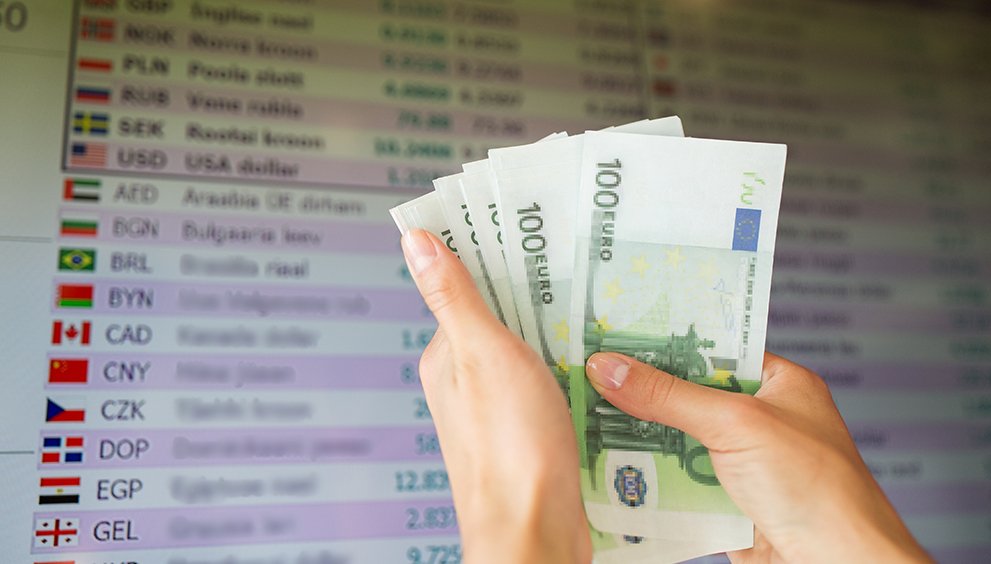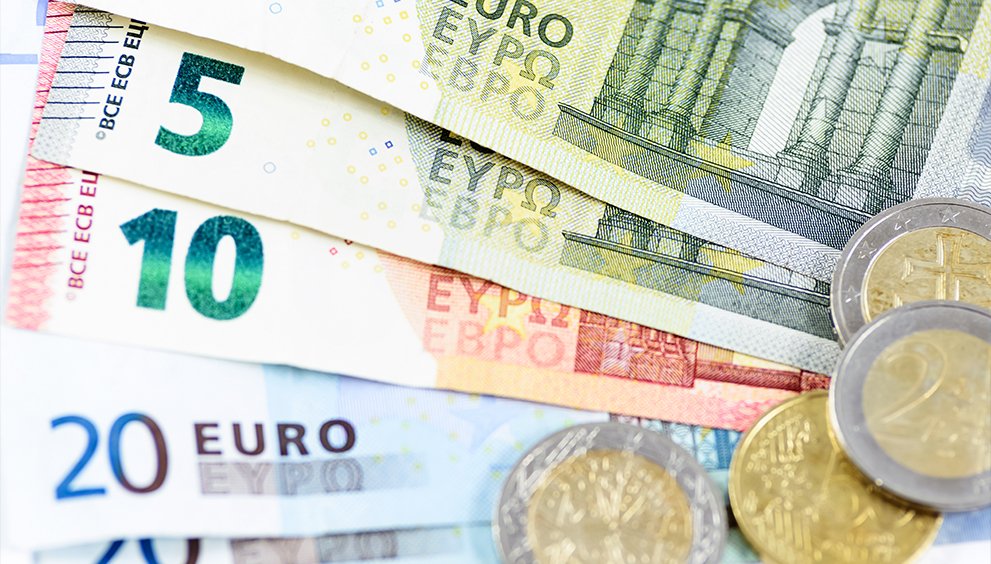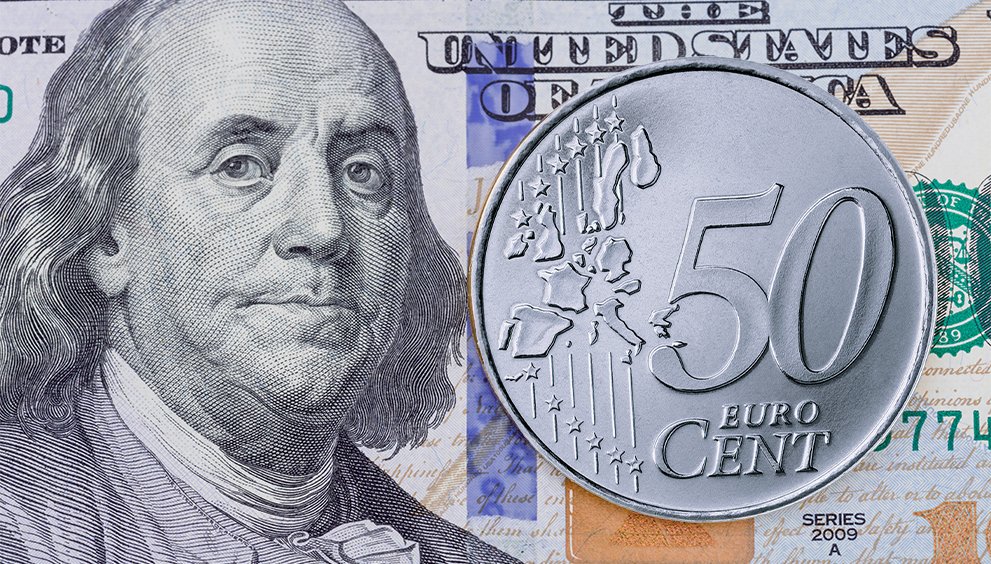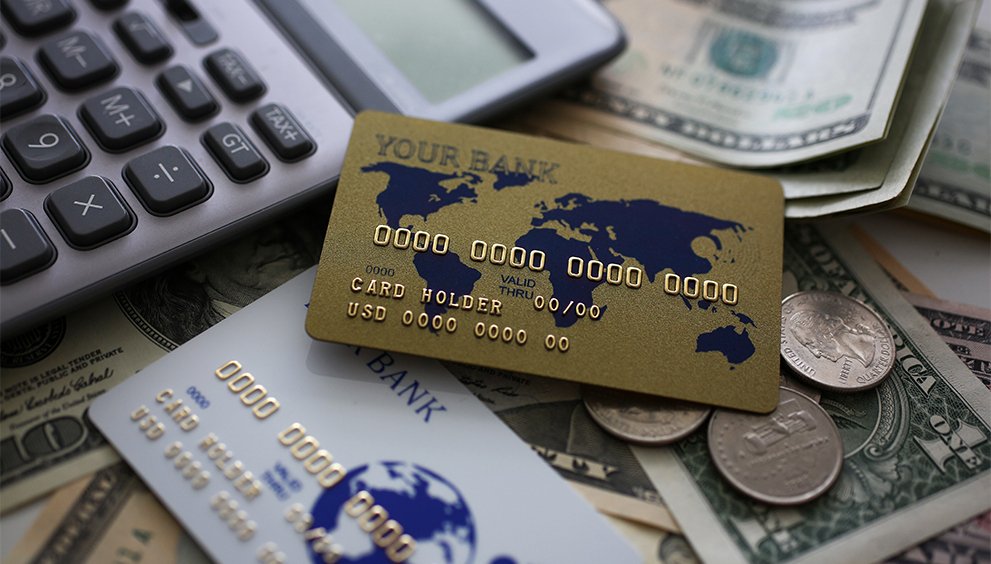GBP/USD Stumbles Following UK CPI Data

GBP/USD fluctuated near 1.3284 following the softer-than-expected UK consumer inflation data release for March. The Office for National Statistics (ONS) reported that the headline CPI grew at a moderate pace of 2.6% year-on-year, compared to estimates of 2.7% and the February reading of 2.8%. In the same period, the core CPI, which excludes volatile items such as food, energy, alcohol, and tobacco, rose by 3.4%, as anticipated, slower than the previous reading of 3.5%. Month-on-month, headline inflation increased by 0.3%, softer than estimates and the prior 0.4%. Inflation in the services sector, closely monitored by Bank of England (BoE) officials, decelerated to 4.7% year-on-year, down from the previous release of 5%. Cooling UK inflationary pressures are expected to enhance market expectations that the BoE will cut interest rates during the May monetary policy meeting. On Tuesday, the ONS announced that the ILO Unemployment Rate held steady at 4.4% for the three months leading to February, matching market forecasts. Additional report details indicated that the number of individuals claiming jobless benefits rose by 18.7K in February, compared to a revised increase of 16.5K in January, surpassing the expected figure of 30.3K. February’s Employment Change data was reported at 205K, up from 144K in January. Meanwhile, Average Earnings, excluding Bonuses, in the UK grew by 5.9% year-on-year (YoY) for the three months ending in February, compared to a revised growth of 5.8% reported earlier, while markets expected a figure of 6%. Another wage inflation metric, Average Earnings, including Bonuses, experienced a 5.6% increase during the same timeframe after a revised 5.6% rise in the previous quarter, exceeding the estimated figure of 5.7%.
On the policy front, softer consumer inflation data combined with a bleak UK labour market outlook due to increased employer contributions to social security schemes could impact market expectations that the BoE will lower interest rates at the May monetary policy meeting. On Tuesday, US Vice President JD Vance expressed confidence over a trade agreement with Britain, citing that there is a “good chance” that both nations will secure a trade deal because of the President’s affinity for Britain, boosting the optimism around the UK-US trade deal.
On the other hand, the cautious market mood that US economic policies may lead the US economy to a recession continues to undermine the greenback. The Empire State Manufacturing Index for April 2025 improved to -8.1, up from -20.0 in March. This reading surpassed market expectations, which had forecast a decline to -12.8. It indicates a continued contraction in New York State’s manufacturing sector, albeit at a slower pace.
In today’s session, US Retail Sales data and UK Consumer Price Index (CPI) data for March will shape the market sentiment around the GBP/USD exchange rate.
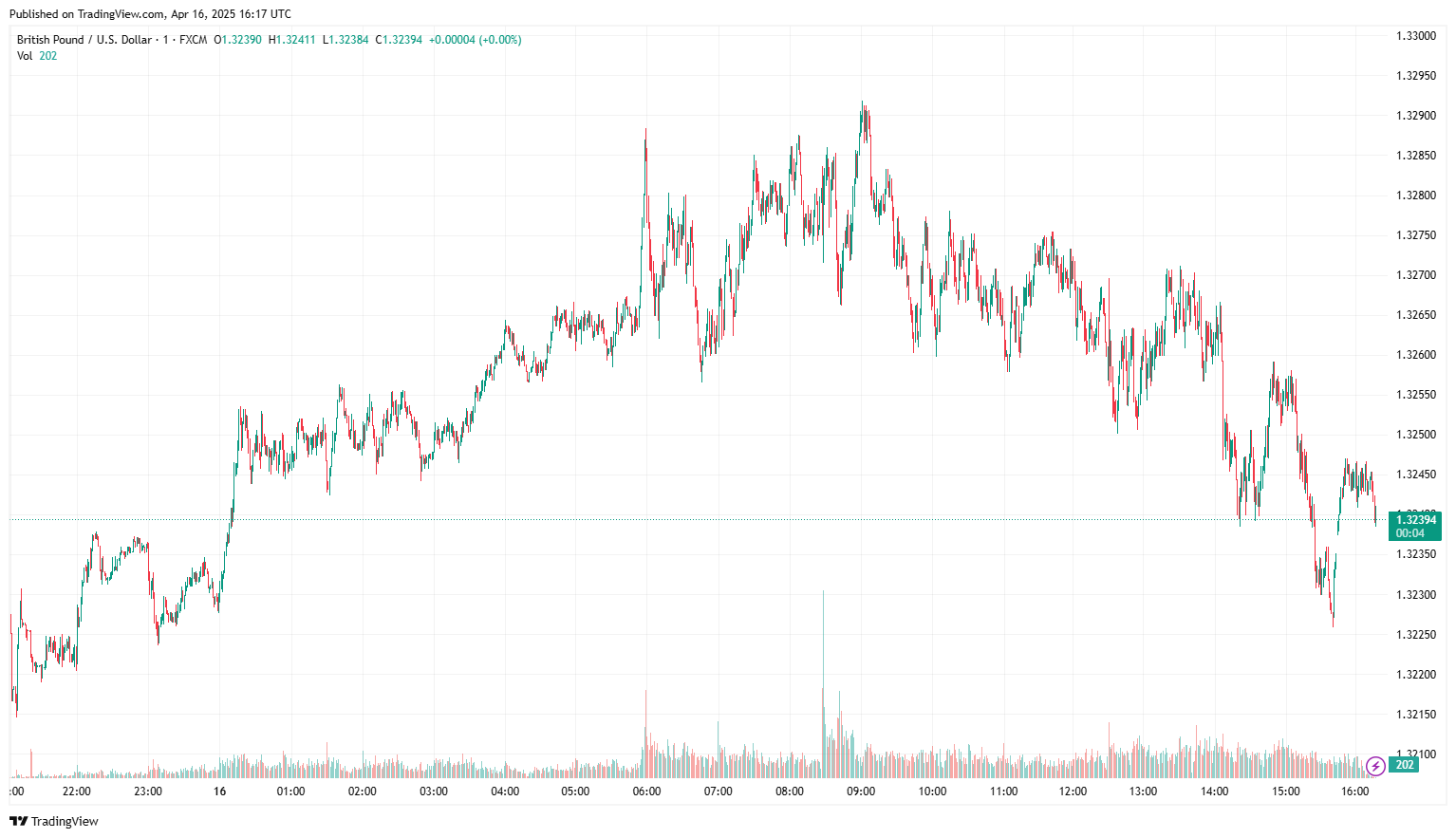
AUD/JPY Sinks After Upbeat Chinese Macro Data
AUD/JPY edged lower to 90.26, following the upbeat Chinese macro data and Australia’s Westpac Leading Index releases. The National Bureau of Statistics (NBS) reported that China’s economy grew at an annual rate of 5.4% in the first quarter of 2025, matching the pace seen in Q4 2024 and surpassing market expectations of 5.1%. On a quarterly basis, GDP increased by 1.2% in Q1, following a 1.6% rise in the previous quarter, which fell short of the forecasted 1.4% gain. Meanwhile, China’s retail sales surged 5.9% year-over-year, exceeding expectations of 4.2% and up from February’s 4%. Industrial production also outperformed, rising 7.7% compared to the 5.6% forecast and February’s 5.9% figure. Nevertheless, the rapidly escalating US-China trade war largely overshadows this positive data, offering little meaningful support for the China-proxy Australian Dollar (AUD).
On the domestic front, Australia’s Westpac Leading Index dropped to 0.6% in March, down from 0.9% in February. Australia’s 10-year government bond yield decreased to 4.33% as investors analysed the minutes from the Reserve Bank of Australia’s (RBA) meeting held from March 31 to April 1. The Minutes revealed that Q1 data showed trimmed mean inflation dropped below 3%, and consumer demand seemed to improve. The AUD benefited from positive global risk sentiment following US President Donald Trump’s decision to exclude key technology items from newly suggested “reciprocal” tariffs. These exempt products, including smartphones, computers, semiconductors, solar cells, and flat-panel displays, are manufactured in China.
On the yen front, cautious investor sentiment emerging from the escalating US-China trade war and concerns over potential economic fallout increased the demand for safe-haven assets, supporting the Japanese Yen. Wednesday’s economic data displayed that Japan’s Core Machinery Orders rose more than expected, by 4.3% in February, marking the highest level in a year and a strong recovery from January’s 3.5% decline. Additional details of the report revealed that manufacturing Orders rose 3%, while non-manufacturing orders jumped 11.4%. Recent remarks from Bank of Japan Governor Kazuo Ueda expressed his concerns over ongoing global tariff concerns, stating, “Will scrutinise without any pre-conception impact of US tariff policy on Japan’s economy, as it is already affecting corporate and household confidence. From February onwards, risks surrounding US tariff policy have moved closer towards the ‘bad’ scenario BOJ envisioned.”
Broader market sentiment around the persistent global trade concerns and upcoming Australian labour market data will guide the AUD/JPY exchange rate.

USD/CAD Struggles Ahead of BoC Rate Decision
USD/CAD hovered around 1.3925 as cooler-than-expected Canadian inflation data strengthened the Canadian dollar. On Tuesday, Statistics Canada revealed that the Consumer Price Index (CPI) fell to 2.3% yearly in March from 2.6% in February. CPI rose 0.3% month-over-month following the 1.1% increase recorded in February. The Bank of Canada’s (BoC) core CPI, excluding volatile food and energy prices, increased by 2.2% from 12 months to March, well below the 2.7% increase recorded in the previous month. Easing inflationary pressures reinforced the speculations around additional interest rate cuts by the BoC this year, limiting the upside of the Canadian dollar. While the Bank of Canada (BoC) is expected to maintain the same interest rate in today’s monetary policy meeting, softer inflation numbers could significantly influence the policy stance. Investors will also observe BoC Governor Tiff Macklem’s press conference to get insights into the future monetary policy outlook and interest rate decisions. Investors will also look for hints about how US President Trump and his tariff policies will influence the Canadian economic and monetary policy outlook. Crude oil prices fluctuate amid growing uncertainty stemming from shifts in US tariff policy and concerns regarding the ongoing US-China trade conflict and its potential impact on energy demand, which could further add volatility to the commodity-linked loonie. On Monday, Trump noted he contemplated changes to the 25% tariffs on imports of foreign autos and auto parts from Mexico, Canada, and other countries.
On the other hand, improved global risk sentiment arising from US President Donald Trump’s decision to exempt key technology products from his newly announced “reciprocal” tariffs supports the greenback. However, persistent uncertainty regarding Trump’s tariff policy, along with the anticipation that new tariff measures may lead to a potential economic slowdown, has provoked speculation that the Federal Reserve (Fed) may choose an aggressive policy-easing approach that could influence the US dollar. On Tuesday, US Press Secretary Karoline Leavitt stated that the Trump administration is in talks regarding trade deals with over 15 nations, with some agreements potentially being revealed “very soon.”
In the upcoming sessions, the Bank of Canada’s (BoC) interest rate decision, US retail sales figures, and Federal Reserve (Fed) Chair Powell’s speech will influence the USD/CAD exchange rate.
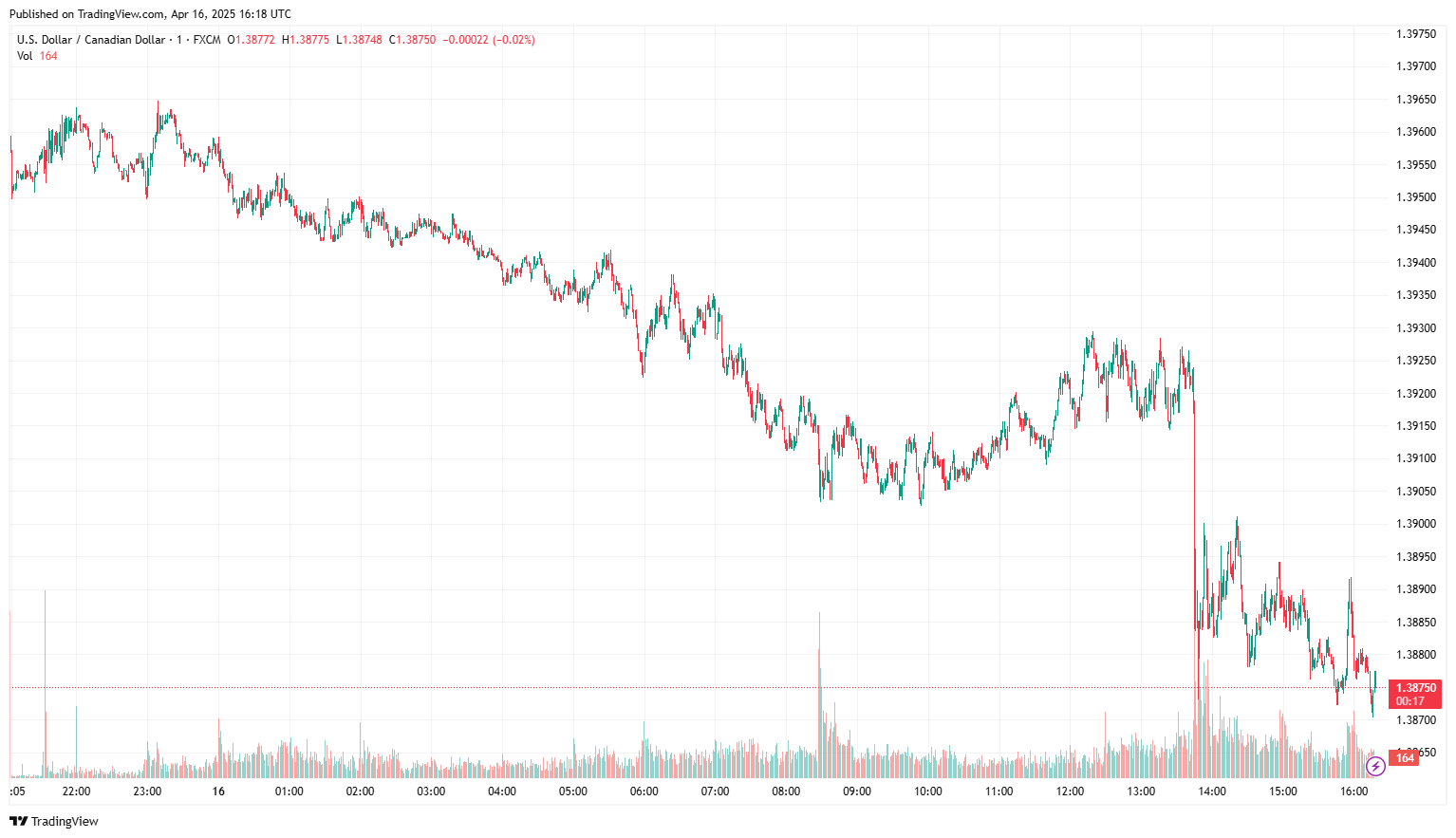
EUR/USD Tumbled Ahead of Eurozone HICP Inflation Data
EUR/USD struggled near 1.1368 as investors brace for the Eurozone Harmonised Index of Consumer Prices (HICP) data. The Eurozone’s industrial sector activity grew more than expected in February. Industrial output on the continent rose by 1.1% month-over-month (MoM) in February, surpassing the estimated growth of 0.2% and January’s reported increase of 0.8%. Annually, Eurozone industrial production jumped 1.2% in the same period, compared to January’s -0.5%. The data surprised markets to the upside, as a -0.8% reading was predicted. The headline German ZEW Economic Sentiment Index declined sharply to -14 in April, down from 51.6 in March, missing the market estimate of 9.3 by a wide margin. The Current Situation Index improved to -81.2 in the same period, compared to the March reading of -87.6, beating the expected figure of -86. The Eurozone ZEW Economic Sentiment Index dropped to -18.5 in April from 39.8 in March, while the market consensus was 14.2.
On the policy front, the market anticipates the European Central Bank (ECB) reducing its Deposit Facility Rate by 25 basis points due to a significant slowdown in Eurozone service inflation. Investors will keenly observe ECB President Christine Lagarde’s press conference for indications of the central bank’s policy direction and the possible impacts of US tariffs on the Eurozone economy. At the same time, Spanish Economy Minister Carlos Cuerpo expressed confidence that a fair agreement between the European Union (EU) and the US will soon be established. His belief in a smooth trade deal was reinforced following Tuesday’s meeting with US Treasury Secretary Scott Bessent. “We are optimistic that with EU Trade Commissioner Maros Sefcovic at the helm of the European negotiations, we can achieve an equitable, fair, and advantageous agreement for both parties,” Cuerpo stated.
Conversely, improved global risk sentiment resulting from President Donald Trump’s decision to exempt crucial technology products from his newly introduced reciprocal tariffs supports the dollar. Nevertheless, ongoing uncertainty regarding Trump’s tariff policy and concerns that new tariff measures might trigger an economic downturn have led to speculation that the Federal Reserve (Fed) could implement an aggressive policy-easing strategy, impacting the US dollar. The Empire State Manufacturing Index for April 2025 rose to -8.1, an increase from -20.0 in March. This figure exceeded market expectations, which had predicted a decline to -12.8, indicating a continued contraction in New York State’s manufacturing sector, but at a slower pace.
In the upcoming sessions, the European Central Bank’s (ECB) interest rate decision will be a key driving factor for the EUR/USD exchange rate.
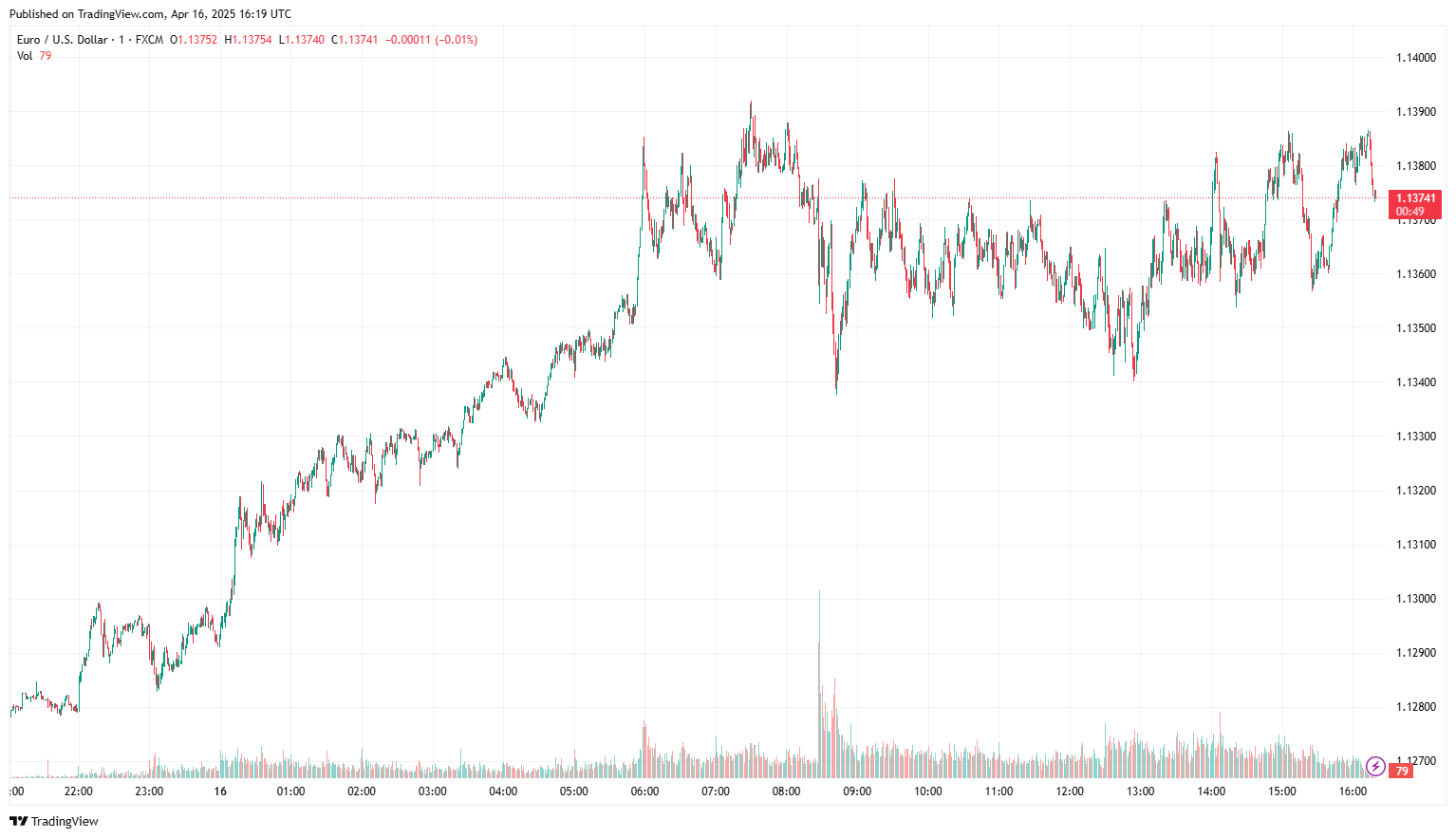


 English
English 
































































